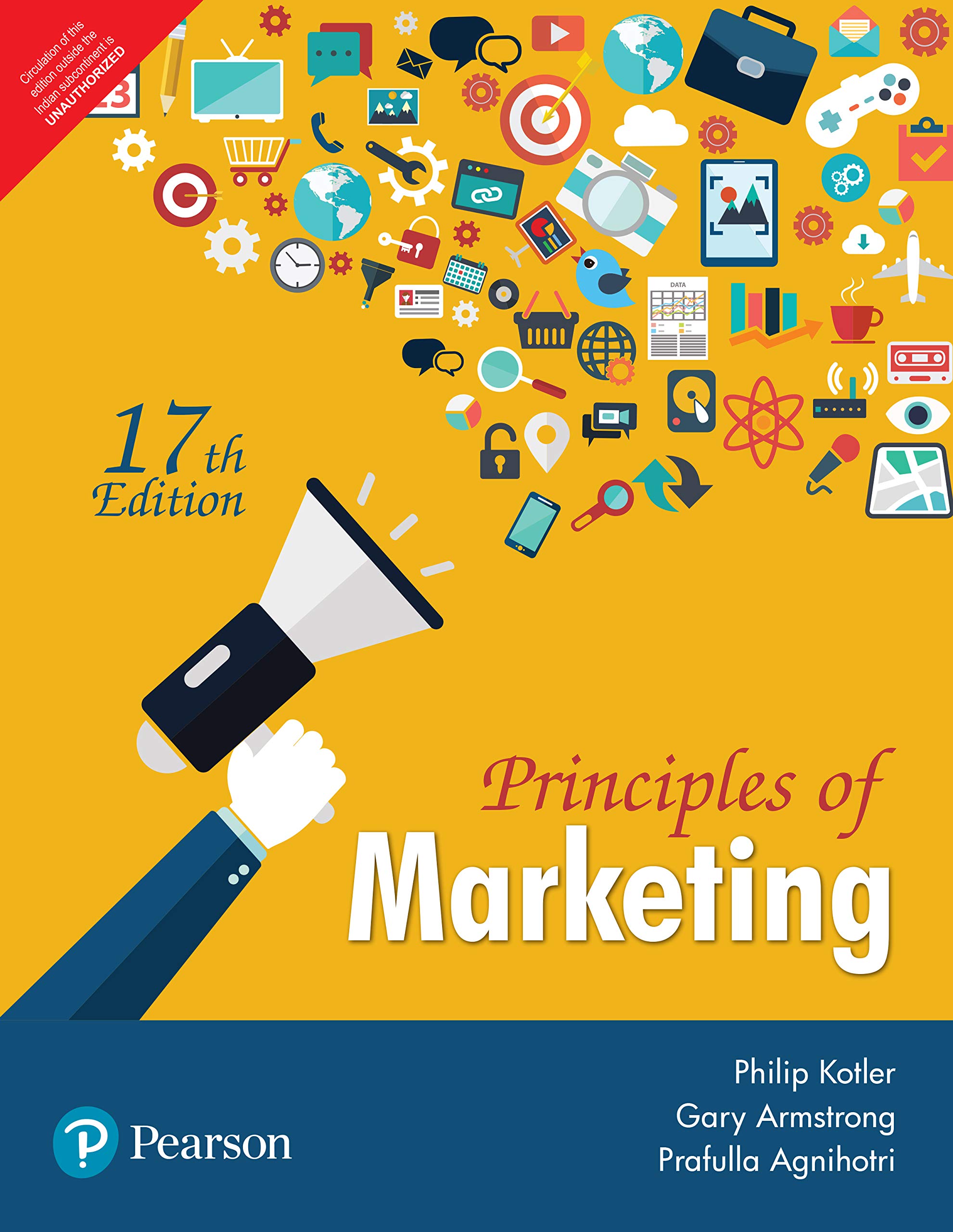
Course name: Principle of Marketing
Course code: MKT-101
Section: 60-A, 60-B & 61-E
Semester: Fall'22
- Teacher: Mr. Md. Adnan Rahman
Skill Level: Beginner

Course name: Principle of Marketing
Course code: MKT-101
Section: 60-A, 60-B & 61-E
Semester: Fall'22

Course name: Principle of Marketing
Course code: MKT-101
Section: 60-A, 60-B & 61-E
Semester: Fall'22